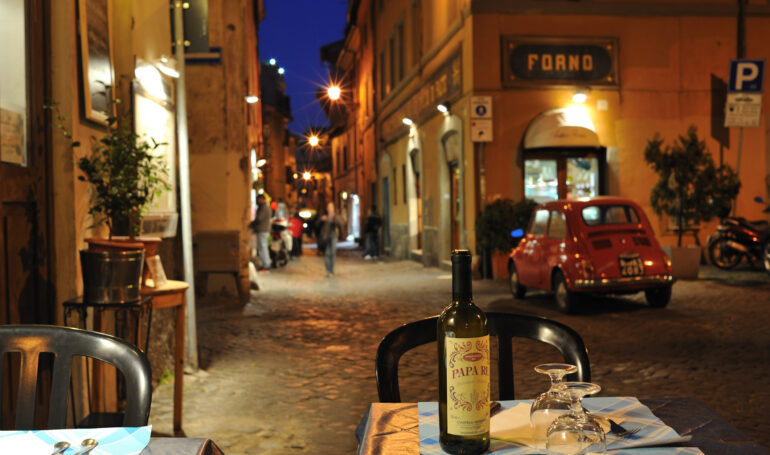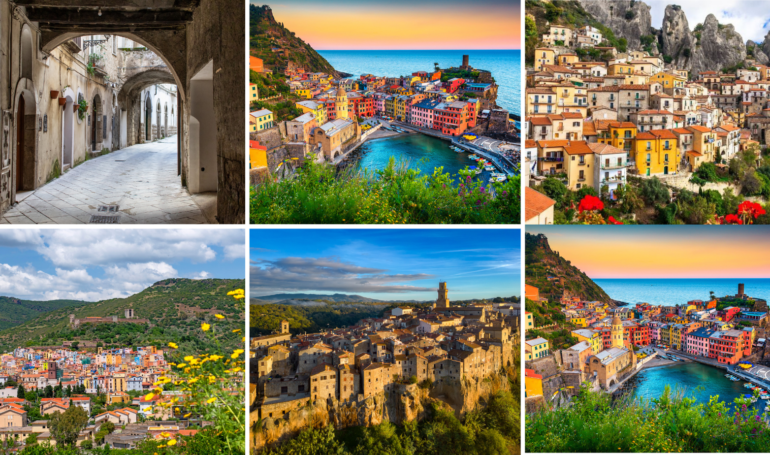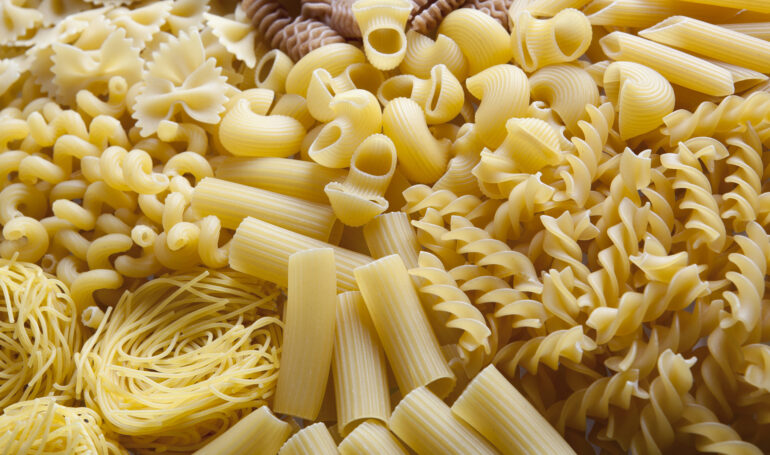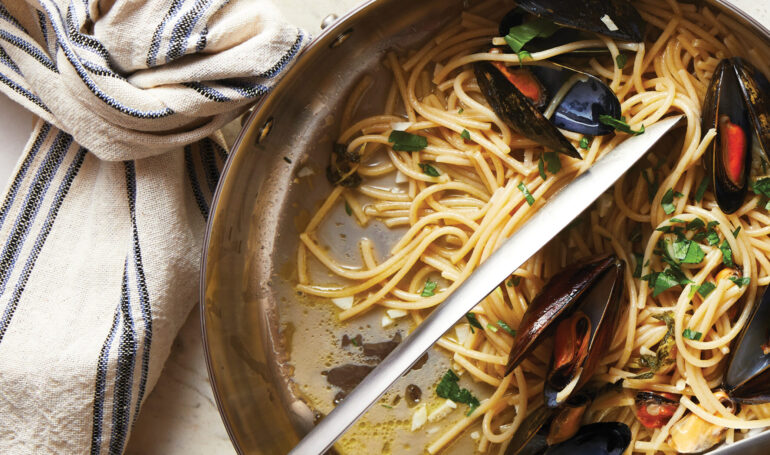The Amalfi Coast is not just a destination—it’s an experience that lingers in your senses long after you’ve left its sun-soaked shores. Stretching along the southern…
Lazy Italian Culinary Adventures Receives the 2025 Giambelli Culinary Award
Last week, I woke up to the news that I had won a national award for my business Lazy Italian Culinary Adventures. “The Italian Language Foundation…
How Italian Food Culture Differs by Region
If you are a repeat participant on my culinary tours (and I know many of you are), you know that Italy is a country known for…
The Italian Aperitivo
Italy is renowned for its rich culinary traditions, and one of the most beloved rituals is the aperitivo. More than just a pre-dinner drink, the aperitivo is a social…
How to Navigate an Italian Menu Without Speaking Italian
Visiting Italy is a dream for many, but when it comes to dining out, navigating an Italian menu without speaking the language can feel intimidating. The…
The Most Beautiful Hidden Villages in Italy
Italy is renowned for its breathtaking landscapes, historic cities, and rich cultural heritage. While places like Rome, Venice, and Florence capture global attention, there are countless…
A Guide to Italian Pasta Shapes
Pasta is an integral part of Italian cuisine, deeply embedded in the country’s culture, history, and traditions. From north to south, Italy offers an astonishing variety…
Pasta with Mussels in White Wine
We’re in the Lent season which means Catholics are likely abstaining from meat and enjoying seafood on Fridays. There’s something undeniably special about a dish that…
Springtime Celebrations in Italy
I’m headed to Italy next week and I am excited at the prospect of celebrating springtime in Italy. Italy, with its deep-rooted traditions and rich cultural…









